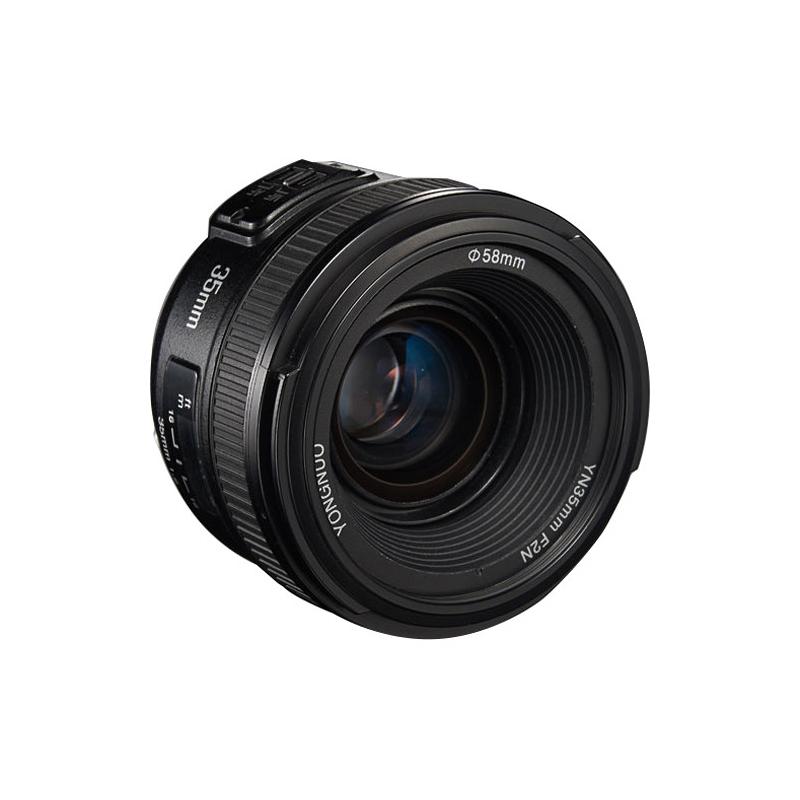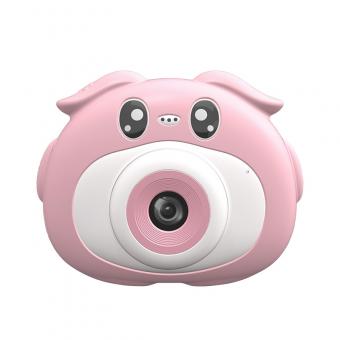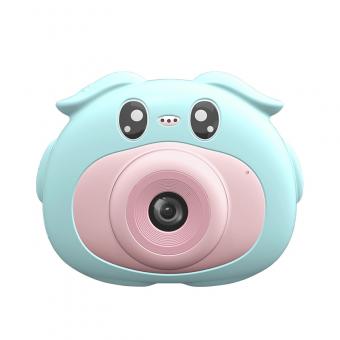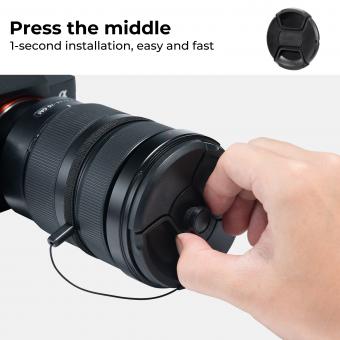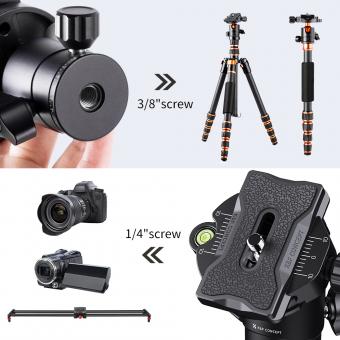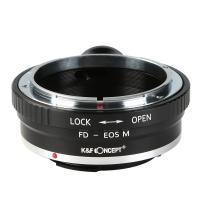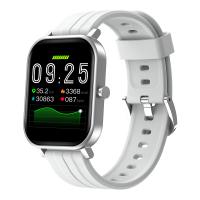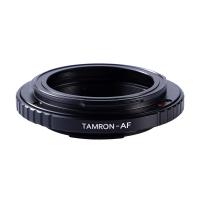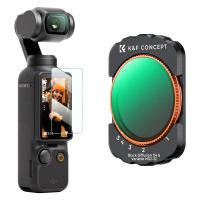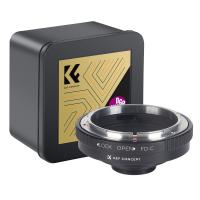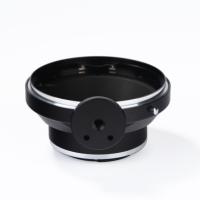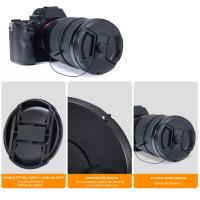What Is A Good Digital Camera ?
A good digital camera is one that meets your specific needs and preferences. Factors to consider include image quality, resolution, sensor size, lens options, shooting modes, video capabilities, ease of use, durability, and price. Some popular digital camera brands known for their quality and performance include Canon, Nikon, Sony, Fujifilm, and Panasonic. It is recommended to research and compare different models based on your intended use, budget, and desired features before making a purchase.
1、 Megapixel count and image resolution
A good digital camera is one that meets your specific needs and preferences. However, there are a few key factors to consider when determining the quality of a digital camera. One important aspect is the megapixel count and image resolution.
Megapixel count refers to the number of pixels a camera's sensor can capture. Generally, a higher megapixel count allows for more detailed and sharper images. However, it's important to note that megapixels alone do not guarantee better image quality. Other factors such as sensor size, lens quality, and image processing also play a significant role.
Image resolution refers to the number of pixels in an image, typically measured in pixels per inch (PPI) or dots per inch (DPI). Higher image resolution results in more detailed and clearer images, especially when printing or enlarging them. However, for everyday use and sharing on digital platforms, a resolution of around 12-16 megapixels is usually sufficient.
It's worth mentioning that in recent years, the megapixel race has somewhat plateaued in the digital camera industry. Many manufacturers have shifted their focus towards improving other aspects such as low-light performance, dynamic range, and autofocus capabilities. Therefore, while megapixel count and image resolution are important, they should not be the sole factors in determining the quality of a digital camera.
Ultimately, the best digital camera for you will depend on your specific needs, budget, and intended use. It's recommended to research and compare different models, read reviews, and consider factors beyond just megapixel count and image resolution to make an informed decision.
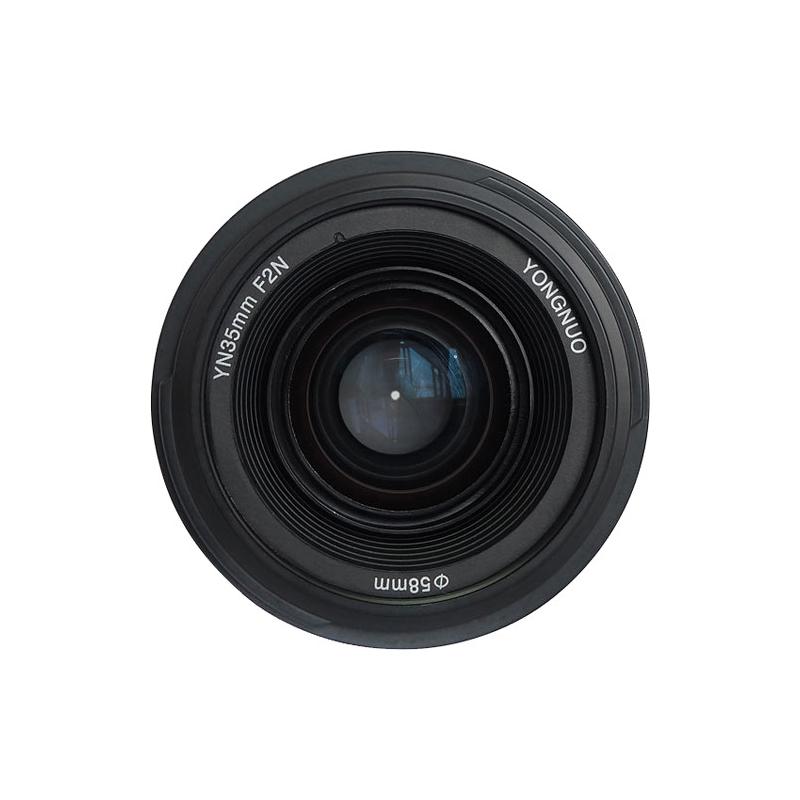
2、 Sensor size and image quality
A good digital camera is one that offers a balance between sensor size and image quality. The sensor size plays a crucial role in determining the overall image quality and performance of a camera. A larger sensor allows for more light to be captured, resulting in better low-light performance, dynamic range, and overall image detail.
In recent years, there has been a trend towards larger sensors in digital cameras. Full-frame sensors, which are equivalent in size to traditional 35mm film, have become increasingly popular among professional photographers and enthusiasts. These sensors offer exceptional image quality, especially in terms of low-light performance and shallow depth of field.
However, it is important to note that sensor size alone does not guarantee superior image quality. Other factors such as pixel count, image processing algorithms, and lens quality also play a significant role. Therefore, it is essential to consider the overall camera system and not solely focus on sensor size.
Additionally, advancements in technology have allowed smaller sensor cameras to produce impressive image quality. Mirrorless cameras, for example, have gained popularity due to their compact size and excellent image quality. These cameras often feature APS-C or Micro Four Thirds sensors, which are smaller than full-frame but still offer excellent image quality and versatility.
Ultimately, the choice of a good digital camera depends on individual needs and preferences. It is important to consider factors such as intended use, budget, and desired features. Researching and comparing different camera models, reading reviews, and seeking professional advice can help in making an informed decision.
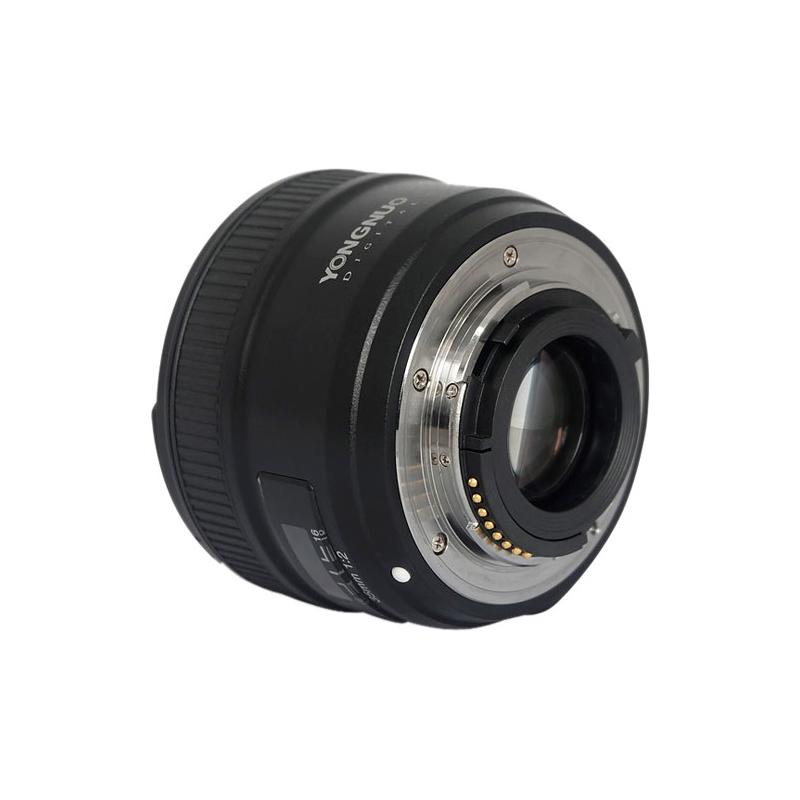
3、 Lens quality and focal length options
A good digital camera is one that meets your specific needs and preferences. However, there are certain factors that are generally considered important when evaluating the quality of a digital camera. One of these factors is lens quality. The lens is a crucial component of a camera as it determines the sharpness, clarity, and overall image quality. A good lens should be able to capture fine details, produce accurate colors, and minimize distortions and aberrations.
Another important aspect to consider is the focal length options. The focal length determines the field of view and magnification of the lens. A good digital camera should offer a range of focal lengths to cater to different shooting scenarios. A wide-angle lens is ideal for landscapes and architecture, while a telephoto lens is great for capturing distant subjects or achieving a shallow depth of field.
In terms of the latest point of view, advancements in technology have led to the development of high-quality lenses with improved optics and image stabilization. Many cameras now offer interchangeable lenses, allowing photographers to choose the best lens for each situation. Additionally, some cameras feature built-in image stabilization, which helps reduce camera shake and produce sharper images.
Ultimately, the definition of a good digital camera may vary depending on individual needs and preferences. It is important to consider factors such as lens quality and focal length options, as well as other features like sensor size, resolution, and autofocus capabilities, to find a camera that suits your specific requirements.
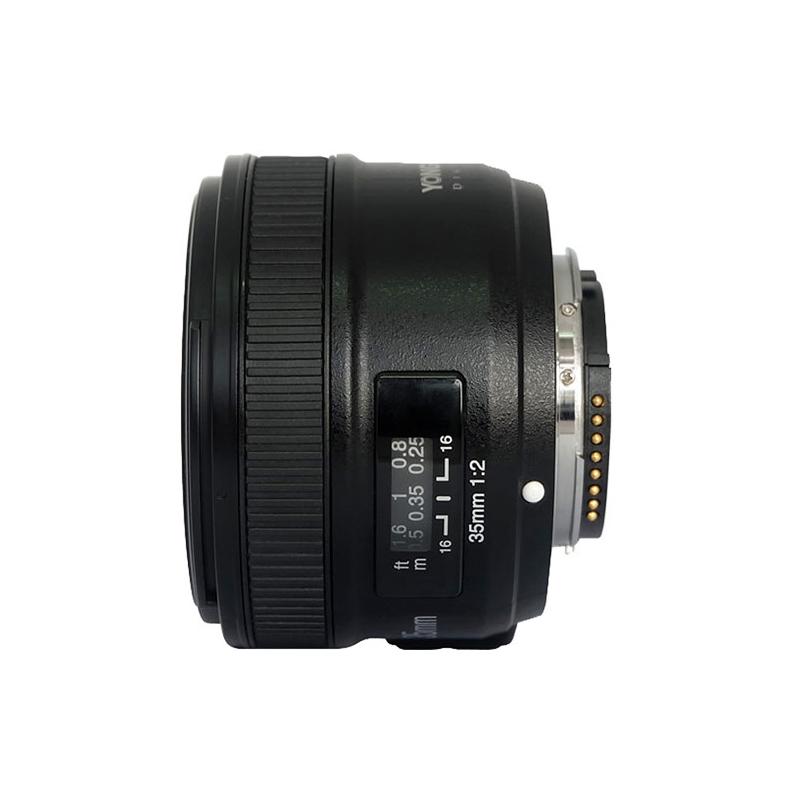
4、 ISO range and low-light performance
ISO range and low-light performance are crucial factors to consider when looking for a good digital camera. The ISO range determines the camera's sensitivity to light, while low-light performance refers to how well the camera performs in challenging lighting conditions.
A good digital camera should have a wide ISO range, allowing you to capture high-quality images in various lighting situations. Higher ISO settings are essential for low-light photography, as they enable the camera to capture more light and produce less noise in the final image. Look for cameras with ISO ranges that extend beyond 3200, as this will provide better flexibility in low-light environments.
In terms of low-light performance, advancements in camera technology have significantly improved over the years. Many cameras now feature larger image sensors, which allow for better light gathering capabilities. Additionally, the development of noise reduction algorithms has helped to minimize image noise in low-light conditions.
When considering the latest point of view, it is worth noting that mirrorless cameras have gained popularity in recent years due to their excellent low-light performance. These cameras often feature larger sensors and advanced noise reduction technology, resulting in impressive image quality even in challenging lighting situations.
Ultimately, the definition of a "good" digital camera may vary depending on individual needs and preferences. However, a camera with a wide ISO range and strong low-light performance will undoubtedly be a valuable tool for capturing stunning images in any lighting condition.
